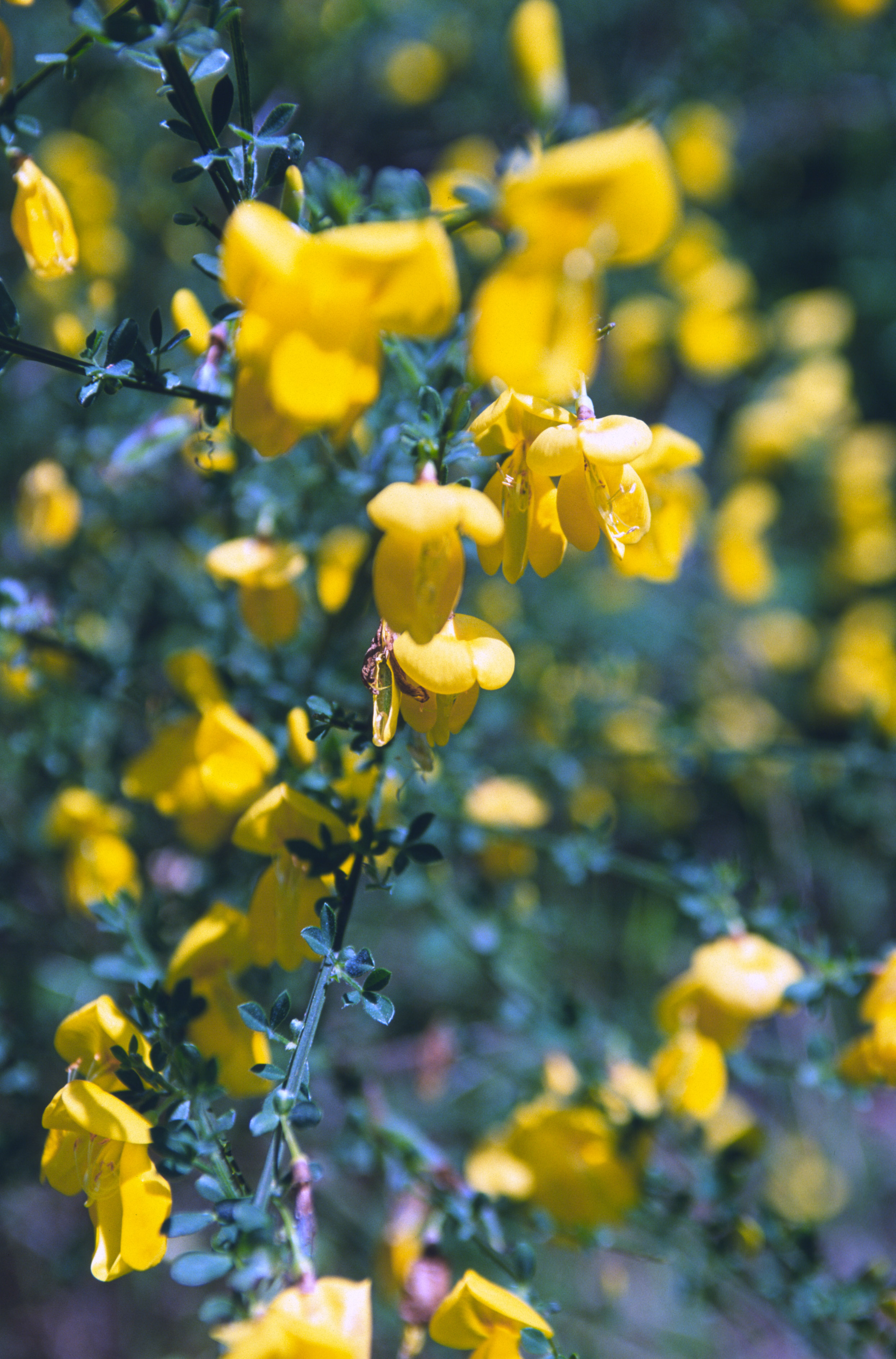


Rich yellow, pea-like, axillary, 1/2-3/4" diameter. Some cultivars have red, pink, or gold flowers. glowing, golden yellow sweet pea shaped flowers bloom in late spring to early summer on old wood. Flowers: Flower Color: Gold/Yellow Pink Red/Burgundy Flower Inflorescence: Solitary Flower Value To Gardener: Fragrant Showy Flower Bloom Time: Spring Flower Shape: Irregular Flower Size: 1-3 inches Flower Description: The 1 in.Fruit: Fruit Color: Green Display/Harvest Time: Fall Summer Fruit Type: Capsule Fruit Length: 1-3 inches Fruit Width:
Scotch broom pictures full#
Cultural Conditions: Light: Full sun (6 or more hours of direct sunlight a day) Soil Texture: Clay Loam (Silt) Sand Soil pH: Neutral (6.0-8.0) Soil Drainage: Good Drainage Occasionally Dry Occasionally Wet Available Space To Plant: 6-feet-12 feet NC Region: Coastal Mountains Piedmont USDA Plant Hardiness Zone: 5a, 5b, 6a, 6b, 7a, 7b, 8a, 8b.Whole Plant Traits: Plant Type: Poisonous Shrub Woody Plant Leaf Characteristics: Deciduous Habit/Form: Arching Erect Open Growth Rate: Rapid Maintenance: High Texture: Fine.Play Value: Attractive Flowers Attracts Pollinators Buffer Colorful Screening Dimensions: Height: 4 ft. Life Cycle: Perennial Woody Recommended Propagation Strategy: Seed Country Or Region Of Origin: Central and Southern Europe Fire Risk Rating: high flammability Wildlife Value: This plant is pollinated by bees. The flowering stems can be used to make a yellow dye while the leaves and young tops are used for a green dye. Branches can be made into brooms, baskets and brushes and also in construction of thatched roofs. Fiber from the bark is used to manufacture paper, cloth and nets as well as to create dyes. Attributes: Genus: Cytisus Species: scoparius Family: Fabaceae Uses (Ethnobotany): Erosion control.Tags: #fragrant #showy flowers #deciduous #invasive #poisonous #fragrant flowers #drought tolerant #deciduous shrub #salt tolerant #high maintenance #erosion control #fast growing #aggressive #multistemmed #self-seeding #acidic soils tolerant #poor soils tolerant #rocky soils tolerant #bee friendly #wet soils intolerant #broadleaf #showy #weed See this plant in the following landscape: Cultivars / Varieties: Twiggy, mounded shrub with arching stems.Leaves trifoliate on lower stem, one leaflet on upper stem.Pea-like flowers in late spring along green stems.The invasive nature of this plant will diminish grazing habitat and is also a concern for the increased risk of wildfires. Some non-seeding cultivars are available. If plants are unwanted, pull them before they flower and set seed. It can be weedy and rapidly grow to crowd out native plants. Susceptible to leaf and stem blight. It is a short-lived shrub but tends to reseed itself. Insects, Diseases, and Other Plant Problems: No serious insect problems. The shrub will grow 4-8 feet tall with a broom-like appearance and a rounded crown. Cutting the plant back, freezing temperatures and even wildfires cannot keep the plant from spouting. The seed is then carried by animals and insects, such as ants, to further its spread. When the seed pods have dried they will burst open, spreading the seed over a wide area and can stay viable for up to 20 years. It has been successful in competing for growing room on dry, sandy soil due to its nitrogen-fixing ability.Ī medium-sized plant can produce thousands of seeds per year. It has spread to areas such as roadsides, pastures, dry scrubland and other disturbed sites. In the eastern USA it is listed as a noxious weed in some states such as GA and SC. It was introduced in the US as an ornamental plant in the 1800's and has since spread to a point of being declared invasive on the West Coast and some midwest states. See below This plant is an invasive species in North Carolina Description Phonetic Spelling sy-TIS-us sko-PAIR-ee-us This plant has high severity poison characteristics.


 0 kommentar(er)
0 kommentar(er)
